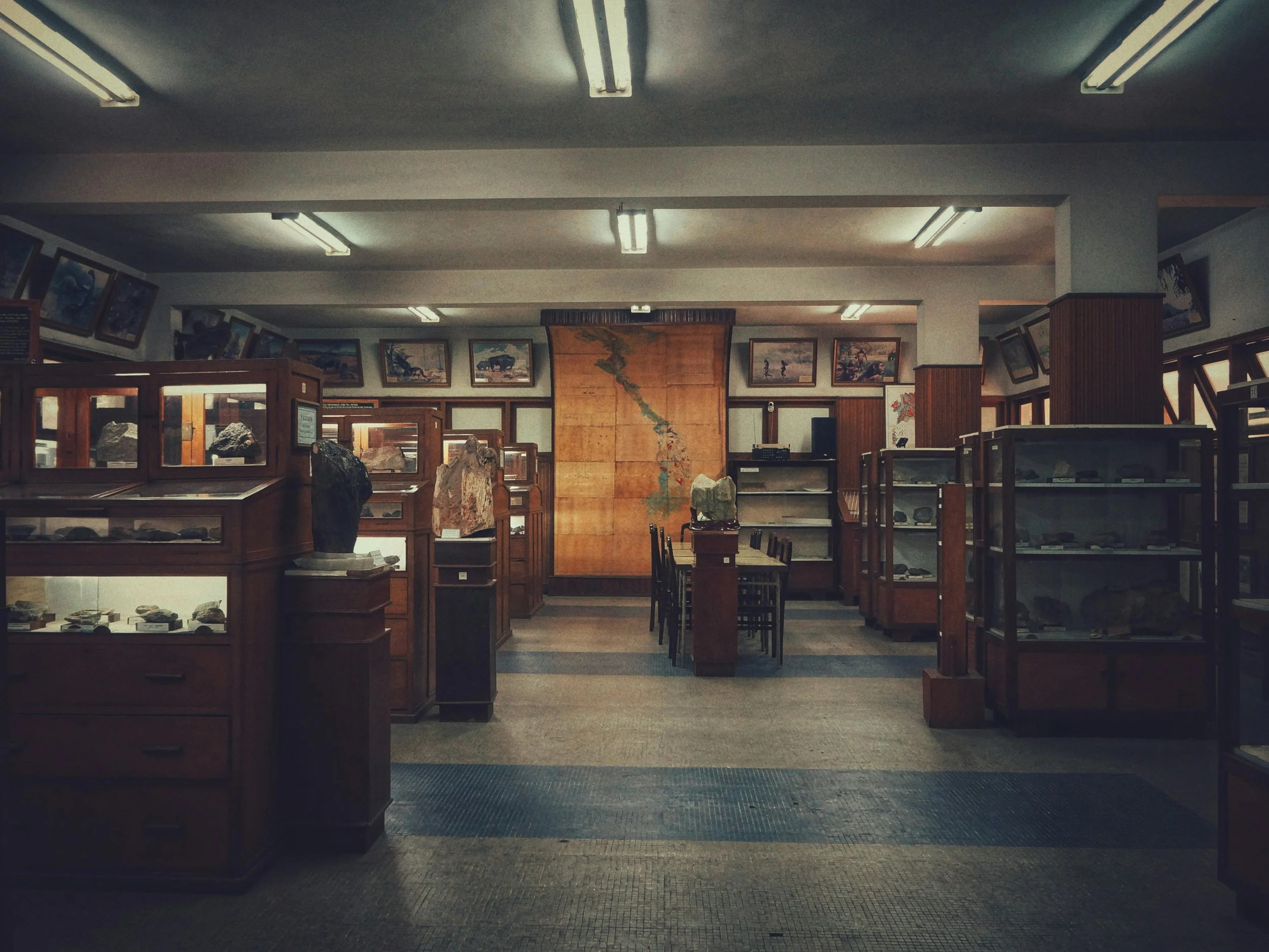Establishing clear and well-defined selection criteria is crucial when developing a collection development policy for archives.
Selection criteria act as the yardstick by which archivists evaluate potential acquisitions, ensuring the addition of valuable and relevant materials to their collections.
Relevance to the Archives’ Scope
The first consideration when establishing selection criteria is the relevance of materials to the archives’ scope. Clearly define the subject areas, themes, or topics within the institution’s purview. Doing so ensures that the materials acquired align with the archives’ purpose and contribute to the comprehensiveness and coherence of the collections.
Assessing the historical significance of potential acquisitions is essential. Consider the materials’ historical value in understanding specific events, movements, individuals, or communities. Determine if the materials shed new light on existing historical narratives or offer unique perspectives that enrich the archives’ holdings.
When acquiring materials, prioritize authenticity and originality. Ensure the items are genuine and accurately represent their period, culture, or context. Assess the provenance and authenticity of documents, artifacts, photographs, or other materials to guarantee their reliability and historical value.
Preservation Needs
The condition of potential acquisitions is another crucial factor to consider. Evaluate the physical state of the materials and assess their preservation needs. Fragile or deteriorating items may require significant conservation efforts or ongoing preservation measures. Weigh the cost and feasibility of preserving and maintaining materials against their potential value to the archives’ collections.
Adhering to legal and ethical standards is paramount in collection development. Consider any copyright or intellectual property rights associated with the materials. Ensure that the acquisition and use of materials comply with relevant laws and regulations. Additionally, be mindful of ethical considerations such as cultural sensitivity, privacy rights, and the potential impact on communities or individuals represented in the collections.
Relevance to Users
To better serve the archives’ intended audience, consider the relevance of potential acquisitions to their interests and research needs. Identify the primary users of the archives and assess how the materials will support their scholarly pursuits, educational endeavors, or community engagement. Acquire materials that cater to the needs and preferences of users, ensuring that the collections remain valuable and accessible to those who will benefit most from them.
Consider collaboration and partnerships as part of the selection criteria. Engage with other institutions, researchers, scholars, and community members to identify potential acquisitions that align with shared interests or complement existing collections. Collaborative acquisition efforts can enhance the breadth and depth of the archives’ holdings and foster a sense of collective responsibility in preserving and providing access to valuable materials.
Inclusivity and representation are crucial considerations in selection criteria. Aim to acquire materials that represent diverse perspectives, cultures, and communities. Actively seek materials that challenge traditional narratives, highlight marginalized voices, and provide a more inclusive understanding of history, culture, and society.
Evaluation and Refinement
Archivists should evaluate election criteria and refine them to ensure their effectiveness. As the archives evolves, the criteria may need adjustments to reflect changing priorities, research trends, or community needs. Solicit feedback from staff, researchers, and stakeholders to identify areas of improvement and make necessary revisions.
Selection for Archives
Establishing selection criteria is critical in acquiring valuable materials for the archives by considering their relevance to the archives’ scope, their historical significance, authenticity, condition, and legal and ethical considerations. Selection plays a crucial role in archives, determining which materials are worthy of preservation and inclusion within the archives’ collections.
A thoughtful and rigorous selection process ensures the archives acquires historically significant, culturally relevant materials aligned with its collection policy and mandate. By carefully selecting materials, archives can prioritize resources and allocate limited storage and preservation capacities. The selection also allows archives to maintain a diverse and representative collection, encompassing various perspectives, voices, and subject areas. Moreover, a well-executed selection process helps prevent the accumulation of redundant or insignificant materials, ensuring that the archives’ holdings remain focused, coherent, and accessible to researchers and the public.
Ultimately, selection serves as a crucial filter that helps archives fulfill their mission of preserving and providing meaningful access to our collective memory and cultural heritage.
The blog was originally published on Lucidea's blog.
Get Started
Looking for archival advising, records management, and historical research services? Click below to speak with an expert consultant.






























